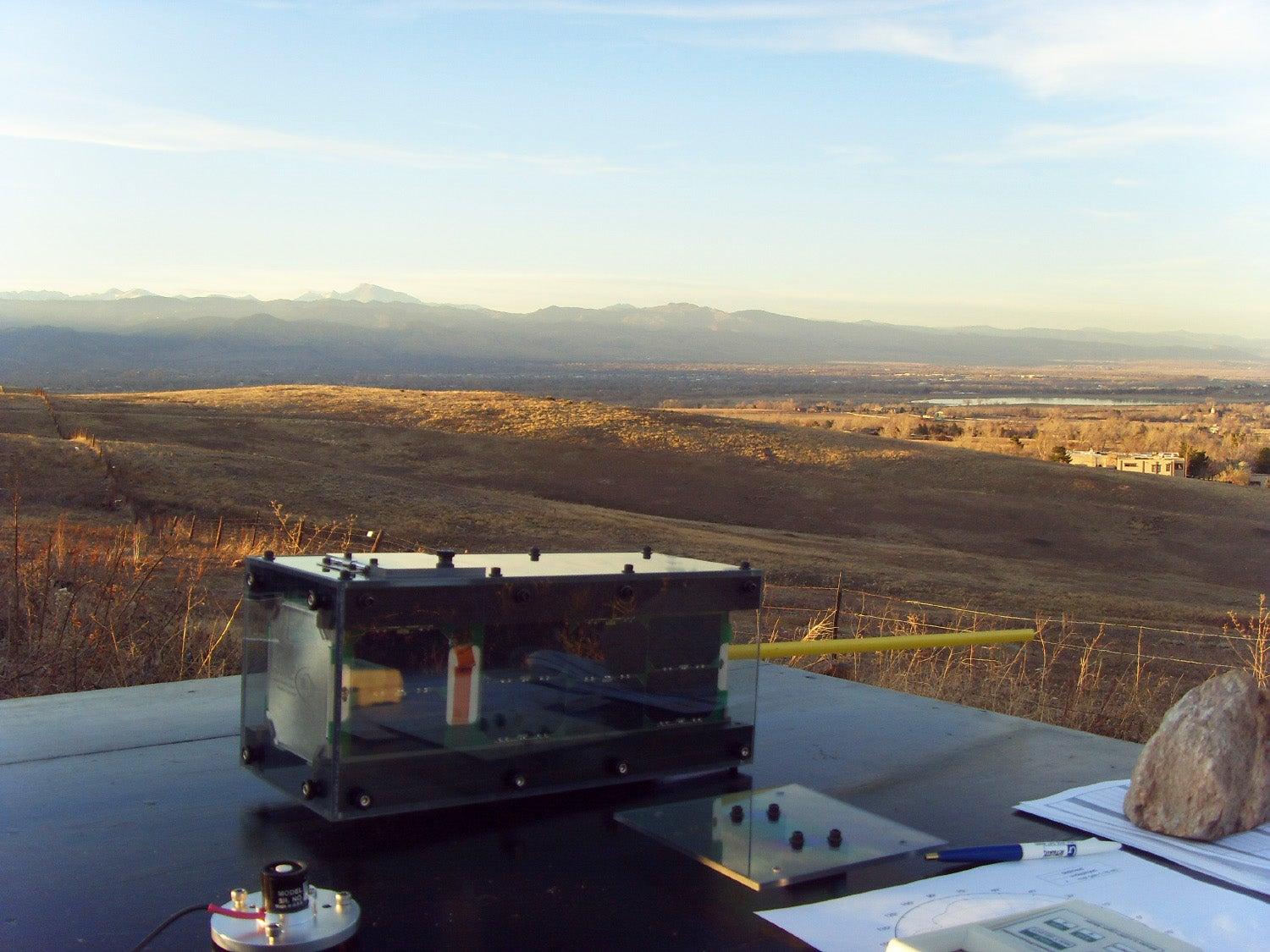Space mystery solved
Students, including undergraduates, at the University of Colorado Boulder have helped solve a 60-year-old space mystery using a satellite the size of a shoebox.
The question was how certain energetic and potentially hazardous particles are created in Earth’s inner radiation belt. To find the answer, more than 65 students from the Laboratory for Atmospheric and Space Physics (LASP) designed and built a “CubeSat,” or mini-satellite—then operated it from the roof of a building on campus.
Based on the CubeSat’s observations from space, researchers led by Professor Xinlin Li concluded that the particles were generated by cosmic rays that traveled to our solar system from distant supernovae.
It’s par for the course at LASP, where students play an important role in everything from basic research to operating multimillion-dollar NASA missions.

A team of more than 65 students designed, built and operated a small CubeSat satellite that helped researchers discover energetic electrons in the inner Van Allen radiation belt, believed to be created by cosmic rays bombarding Earth’s atmosphere. Image courtesy of LASP.
Principal investigator
Xinlin Li
Funding
National Science Foundation; NASA
Collaboration + support
Ann and H.J. Smead Department of Aerospace Engineering Sciences; Laboratory for Atmospheric and Space Physics (LASP); Air Force Research Laboratory; NASA Goddard Space Flight Center; University of California, Berkeley

